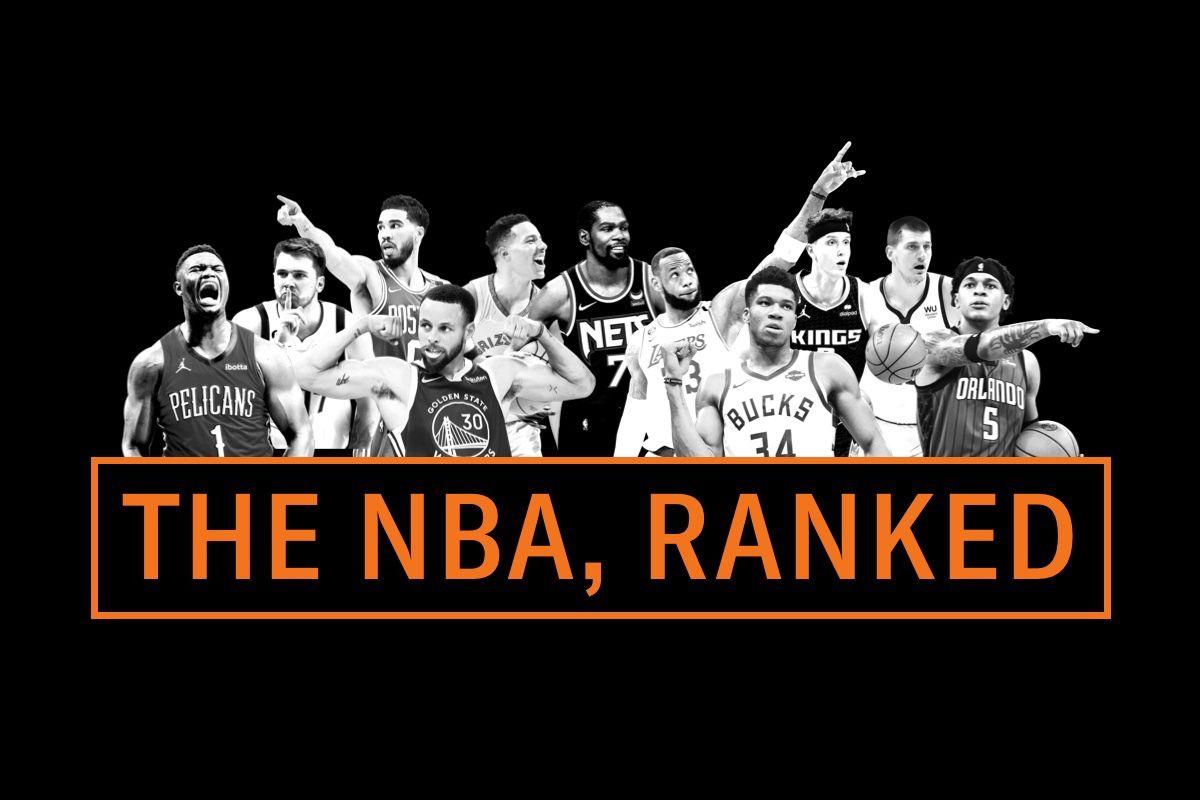
Strategies evolve during the NBA playoffs, with teams often departing from their regular-season playbooks to exploit specific matchups against particular opponents. This is precisely what the New York Knicks have done to grab a commanding 3-1 lead over the Cleveland Cavaliers in the first round.
Throughout the season, it was common to see one of New York’s starting bigs, Mitchell Robinson or Julius Randle, setting a screen for Jalen Brunson. Both pick-and-roll combinations were a bedrock for the Knicks’ half-court offense and ranked among the league’s most frequent and most potent duos. But against the Cavs, the Knicks have unveiled a new wrinkle, instead opting to more regularly have a wing, RJ Barrett or Josh Hart, set a screen for Brunson:
The Knicks ran the play above four times and scored seven points over the final seven minutes of Game 4 on Sunday. Barrett would set a screen for Brunson on the right side of the court, then slip to the corner.
Cleveland would respond by pressuring Brunson with two players, which left the defense susceptible to passes to open teammates. In the play above, Caris LeVert’s back was to the ball as the screen was being set, and he was a beat late to rotate toward Barrett on the catch. Jarrett Allen was also late to cross the paint to help on the drive, which gave Barrett the space to sliver to the rim.
The Knicks correctly recognized that the Cavs make sloppier rotations out of this set than they do in a standard pick-and-roll defense. So, next time up the floor, the Knicks ran the same play:
This time, the Cavs pressured Brunson even more with a trap, and Donovan Mitchell properly rotated to Barrett’s slip in the corner. But sending two at Brunson meant someone would be open, and here it was Hart who cut in for the dunk.
Hart himself screened for Brunson twice over the final seven minutes of Game 4, meaning he or Barrett screened for Brunson in six of the Knicks’ final seven half-court possessions to help them maintain their lead and ultimately win the game.
Through four games, 53 percent of screens set for Brunson have been by a guard or a wing, according to Second Spectrum. During the season, that number was only at 12 percent. In other words, the Knicks went from having a big set a screen for Brunson nearly nine out of 10 times during the season to less than half that against the Cavs.
There are other playoff teams—such as the Cavaliers, Clippers, Hawks, and Kings—using guards or wings to screen more often now, but no team is doing it to a greater extreme than the Knicks.
The chart below details how often notable players screened for Brunson per game during the regular season versus the playoffs:
Knicks Screening for Jalen Brunson
The Knicks have adopted this strategy because it directly takes Cleveland’s two best defenders, Allen and Evan Mobley, out of the action. And when the Cavs pressure Brunson, the defense is forced to scramble and rotate late, creating advantages or offensive rebounding opportunities.
With the Cavs sending two at Brunson in the play above, Hart short rolled to the basket and drew the attention of three Cavaliers defenders. He had options: throw a lob to Robinson at the rim, kick out to Obi Toppin in the corner, or hit a wide-open Barrett. Hart chose the simple pass to Barrett, who missed. But with the defense out of position, Hart was in a good spot to grab the board and find Brunson, who made a dagger 3-pointer.
Assuming the Knicks continue this strategy, the Cavs will either need to make sounder rotations on the back end to prevent open shots or switch the on-ball screen and risk Brunson (who scored a game-high 29 points in Game 4) exploiting a weaker defender one-on-one. The latter is what happened earlier in the series, when the Knicks were using Brunson to target Cedi Osman.
Cleveland is allowing only 98 points per game this series, so it’s not as if New York is shredding its defense. But this is a grind-it-out series, and the Knicks are regularly creating better looks that expose their opponent’s weaknesses.
Earlier in the series, the Cavs were the ones more successfully exploiting mismatches, using their own guards or wings to screen for Mitchell to attack Brunson. But the Knicks learned how to handle Cleveland’s game plan against Brunson by over-helping on non-shooters to neutralize penetration to the basket. It’s all a balancing act for the Cavs. To survive on defense, the Cavs need to keep Allen and Mobley on the floor as much as possible. But that hurts their offense since they’re both non-shooters. And as long as their best wing defender, Isaac Okoro, is on the floor, there are three non-shooters on the court.
Tom Thibodeau’s coaching staff has been able to find more answers than J.B. Bickerstaff’s so far. Down 3-1 in the series, the Cavs look like a team running out of options.
The Knicks haven’t even really leaned on Robinson or Randle screening for Brunson yet, like they did all year. For now, the Knicks will continue with something new. After all, it’s working.
